Rather than twisting ourselves into linguistic pretzels to validate audiobook consumption as reading, we might ask a more productive question: Are audiobooks valuable? The answer is an unqualified yes.
The Great Audiobook Conflation: Why Listening Isn’t Reading
In recent years, a bizarre linguistic battle has emerged across social media platforms, publishing conferences, and literary circles. The question at its heart seems simple enough: Is listening to an audiobook the same as reading a book? And the answer is equally simple: No.
Yet the fervour with which this debate is conducted suggests something far more complex is at stake than mere semantics. Publishers tout audiobook downloads as “books read,” authors celebrate their “readers” who consume their work through earphones, and advocates marshal neuroscientific studies to prove that listening and reading activate similar brain regions.
WTF? These are educated, literate people that have carved careers out of understanding language, that are suddenly reduced to calling a cabbage a cauliflower in order to avoid the imaginary stigma of their works only being listened to, not read properly like a “real” book.
It’s as sad as it is nonsensical.
More Than A Question of Definitions
Here’s the thing: This conflation represents more than innocent marketing speak or casual imprecision. It reveals a fundamental misunderstanding of what reading actually entails, wrapped in the anxious desire to legitimise audiobooks by erasing the very distinctions that make different media formats valuable in their own right.
In a recent LinkedIn post, Christopher Kenneally drew on an NPR report on this very topic. Sadly the LinkedIn response box was designed with twitter users in mind, so I wandered over here to find space to actually tackle this nonsense head-on.
The Roots of the Problem: Commercial Anxiety and Historical Stigma
To understand why this debate has become so heated, we must first acknowledge its dual commercial and stigmatic origins.
First, no question the audiobook industry has experienced explosive growth, with revenues increasing dramatically over the past decade, even after we discount the hype and the faux accounting.
Faux accounting? How else does one sum up claims that audiobooks are outselling ebooks?
For the price of one new, top-of-the-range Rolls Royce Phantom EWB, you could buy approximately 51 cheap but brand-new family cars such as the 2025 Nissan Sentra S. Fifty family cars sold, but the Roller wins on revenue. But the reality is, the family saloon beats the Roller in popularity by 50-to-1.
Similarly, comparing audiobook revenue with ebook revenue serves little purpose beyond clickbait headlines.
Nor does comparing listening to an audiobook with reading the book. Yet authors and publishing are twisting themselves into pretzels screaming, “Of course listening to an audiobook is reading!”
But of course, it’s not. And no amount of repetition of a false analogy will make it true.
But why would we even want to pretend listening to an audiobook is reading?
Well, publishers, having discovered a lucrative new revenue stream, naturally wish to present their success in the most favourable light possible. Sales figures that show “books read” sound far more impressive to stakeholders than those that show “audiobooks consumed.”
This commercial imperative has created what might be called definitional drift – the gradual expansion of terminology to encompass activities it was never intended to describe. Just as “friend” has been stretched to include casual social media connections, “reading” is being stretched to include any form of text-originated consumption, regardless of the cognitive processes involved.
But where is this text we are consuming? Yes, a given audiobook probably began life as text in a book, but so did a film and a TV drama. The scripts were read. But the TV or film was watched. No-one in a million years would dream of saying “I read a great film at the cinema last night”, or “Did you read that new series on Netflix?” So WhyTF do we have to pretend we have read an audiobook?
Which brings us to the historical stigmatisation of audiobooks. Traditionally audiobooks were charitable efforts to bring literature to the visually impaired. As tech advanced, the reluctance to embrace expensive audiobooks was palpable in the early digital days when the target audience were said visually impaired folks who likely were not the highest earners, while audiobook production costs were through the roof.
But this stretching of definitions comes at a cost. When we blur the boundaries between fundamentally different activities, we lose the ability to discuss their unique characteristics, benefits, and limitations. We render ourselves incapable of having nuanced conversations about literacy, comprehension, and learning. Conversations our educational systems desperately need.
The Neuroscience Red Herring
Proponents of audiobook-as-reading frequently cite neuroscientific research suggesting that similar brain regions are activated during reading and listening. This argument, whilst superficially compelling, represents a fundamental misunderstanding of how neuroscience relates to cognitive function.
The fact that reading and listening activate overlapping brain networks is hardly surprising: both involve language processing, after all. But this overlap no more makes listening equivalent to reading than the fact that walking and running both activate leg muscles makes them the same activity. Similar brain activation patterns do not indicate identical cognitive processes. This is just cherry-picking ill-understood scientific research to lend weight to an argument that has no merit in the first place. Listening to an audiobook is not reading.
But let’s take this further, in mind I’m a teacher when not writing TNPS posts.
The research often cited focuses on basic comprehension rather than the full spectrum of reading-related skills. Reading involves far more than simply understanding spoken language rendered audibly. It encompasses visual pattern recognition, grapheme-to-phoneme conversion, orthographic processing, and the integration of visual and linguistic information -none of which are required for listening to spoken language.
Consider the child learning to read. They must master the complex relationship between written symbols and sounds, develop automatic word recognition, and learn to navigate the visual landscape of text. These skills cannot be developed through listening alone, regardless of how sophisticated the audiobook or how engaged the listener.
The Developmental Dimension
Perhaps nowhere is the distinction between reading and listening more consequential than in child development. Children who rely primarily on audiobooks without developing traditional reading skills face significant challenges that listening alone cannot address. I love that kids are listening to audiobooks, but when we falsely frame listening as reading we risk offering well-intentioned parents and lazy teachers the perfect excuse not to read to their children or to teach their pupils to read properly. Just listen to the audiobook instead.
Reading development involves the gradual automation of decoding processes – the ability to quickly and effortlessly translate written symbols into meaning. This automation frees cognitive resources for higher-level comprehension and analysis. Children who bypass this developmental process through exclusive or over-reliance on audiobooks risk missing crucial stages in literacy development.
Research consistently demonstrates that children who struggle with traditional reading but are given audiobooks as a substitute often fail to develop the vocabulary, contextual analysis skills, and textual familiarity that come from engaging directly with written language. The rhythm and cadence of written prose – its sentence structures, punctuation patterns, and organisational principles – must be internalised through visual engagement with text.
This is not to diminish the value of audiobooks in children’s literary development. They can certainly play a role in exposing young people to complex narratives and rich vocabulary beyond their current reading level. But they cannot substitute for the fundamental cognitive workout that traditional reading provides. And every time we falsely assert that listening is reading we fail our children.
The Nature of Written Language
A crucial factor often overlooked in this debate is the fundamental difference between written and spoken language. These are not merely different delivery mechanisms for identical content – they are distinct forms of communication with their own conventions, rhythms, and structural principles.
As any writer will attest, we do not write as we speak. Written language tends to be more formal, more precisely structured, and more densely packed with information. It employs complex sentence structures that would sound awkward in speech and uses organisational principles – paragraphing, chapter divisions, typographical emphasis – that have no direct spoken equivalent.
Even dialogue in fiction does not truly replicate natural speech. It is crafted, edited, and refined to serve narrative purposes whilst maintaining the illusion of spontaneity. The rhythms of written dialogue are designed to work on the page, not necessarily in the ear.
When we listen to these carefully crafted written works, we are experiencing them through an interpretive filter – the narrator’s voice, pacing, and emphasis. This interpretation can enhance the experience in some ways, but it also removes the reader’s agency in determining how the text should sound, how emphasis should be distributed, and where pauses should fall. The narrator’s decision is final.
The Cognitive Demands of Reading
But let’s delve deeper still, because reading requires a unique set of cognitive skills that listening simply does not demand. The reader must actively decode symbols, manage their visual attention across lines of text, and integrate information from multiple visual cues simultaneously. They must navigate paragraph structures, process typographical emphasis, and manage their own pacing through the material.
This active engagement creates what researchers call “desirable difficulties” – cognitive challenges that, whilst initially more demanding than passive listening, ultimately lead to deeper processing and better retention. The reader who must work to decode meaning is more likely to engage critically with content than the listener who receives pre-processed auditory information.
Reading also allows for easy re-reading, skimming, and cross-referencing – behaviours that support critical analysis and deep comprehension. The reader can easily return to earlier passages, compare different sections, and control their pace according to the material’s complexity. These self-directed learning strategies are far more cumbersome with audiobooks, if possible at all.
The Reductio ad Absurdum
The logical endpoint of conflating listening with reading reveals the absurdity of this position. If consuming any textual content through auditory means constitutes reading, then we must accept that we “read” podcasts, radio programmes, lectures, and telephone conversations. We “read” films when we process their dialogue and “read” television programmes when we follow their narratives.
This expansion renders the term “reading” meaningless. If everything is reading, then nothing is reading. We lose the ability to distinguish between different forms of media consumption and the unique cognitive demands they place upon us.
Language depends upon meaningful distinctions for its communicative power. When we collapse useful categories in service of commercial or emotional needs, we impoverish our ability to think clearly about the phenomena we seek to describe.
A Better Question
Rather than twisting ourselves into linguistic pretzels to validate audiobook consumption as reading, we might ask a more productive question: Are audiobooks valuable? The answer is an unqualified yes.
Audiobooks offer unique advantages that traditional reading cannot match. They allow multitasking, provide access to literature for those with visual impairments or reading difficulties, and can bring texts to life through skilled narration. They make literature accessible during commutes, exercise, and other activities when traditional reading would be impossible.
Audiobooks can introduce listeners to authors and genres they might never have encountered otherwise. They can provide a gateway into literature for those intimidated by dense written texts. For many busy adults, they represent the only practical way to consume substantial literary works.
And there’s the thing. These benefits are quite capable of standing on their own merits without requiring us to redefine reading. Audiobooks need not be reading to be valuable, just as listening need not be reading to be worthwhile.
The Value of Precision
In our eagerness to be inclusive and avoid creating hierarchies among different forms of media consumption, we risk losing the precision that makes language useful. Reading, listening, watching, and experiencing are distinct activities with their own characteristics, benefits, and cognitive demands.
Acknowledging these differences is not about creating value judgements or suggesting that one form of media consumption is inherently superior to others. It is about maintaining the conceptual clarity that allows us to discuss these activities meaningfully and understand their unique contributions to learning, entertainment, and personal development.
A culture that values literacy must be able to distinguish between different forms of textual engagement. Teachers need to understand the distinct challenges their students face with reading versus listening. Parents need to make informed decisions about their children’s media consumption. Policymakers need accurate data about reading habits and literacy rates.
None of this is possible when we collapse meaningful distinctions in service of commercial interests or wounded pride.
Embracing Distinctiveness
The digital audiobook industry has given us a remarkable gift – a new way to experience literature that fits seamlessly into modern life. This gift need not be diminished by insisting it is something it is not.
Listening to audiobooks is not reading, just as watching a film adaptation is not reading the original novel. These are different, valuable experiences that serve different purposes and engage different cognitive processes.
Perhaps the real question we should be asking is not whether audiobooks constitute reading, but why we feel such anxiety about the distinction. If we truly value different forms of media consumption for their unique contributions, we should celebrate rather than obscure their differences.
Reading will always hold a special place in human intellectual development, just as listening, watching, and direct experience each offer their own irreplaceable insights. The richest literary life embraces all these forms of engagement without needing to pretend they are identical.
In the end, precision in language serves precision in thought. When we speak clearly about reading and listening as distinct but equally valuable activities, we honour both the complexity of human cognition and the diverse ways literature can enrich our lives. That is surely a far more worthwhile goal than the linguistic contortions required to make listening into reading, or the defensive posturing that suggests audiobooks need such validation to justify their existence.
The audiobook industry can and should be proud of what it has accomplished, without needing to borrow the prestige of reading. Listening is its own art, with its own rewards. But it’s not reading.
This post first appeared in the TNPS LinkedIn newsletter.
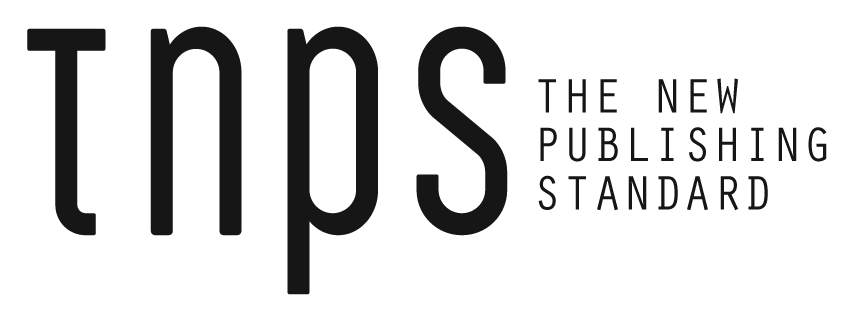
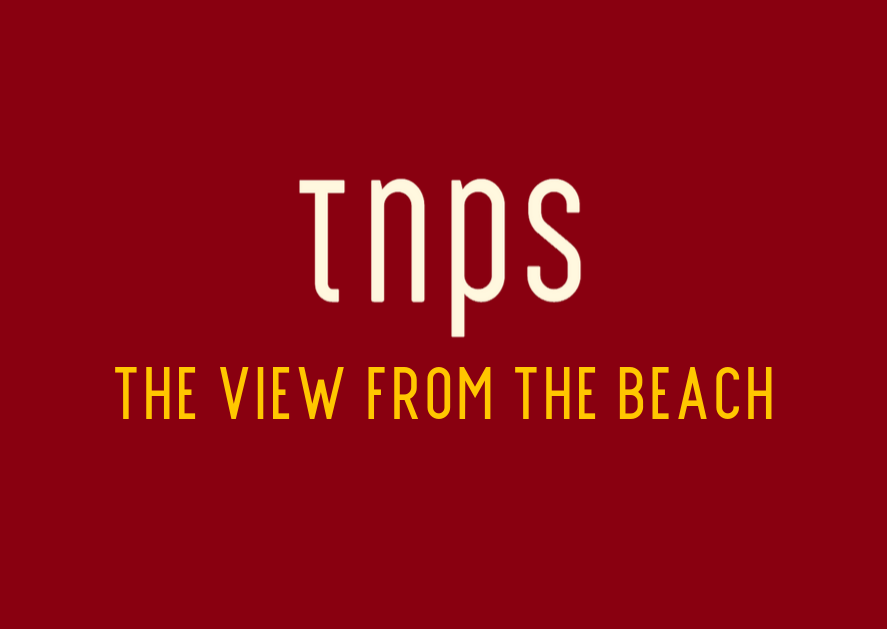
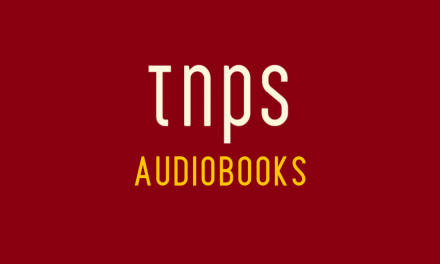

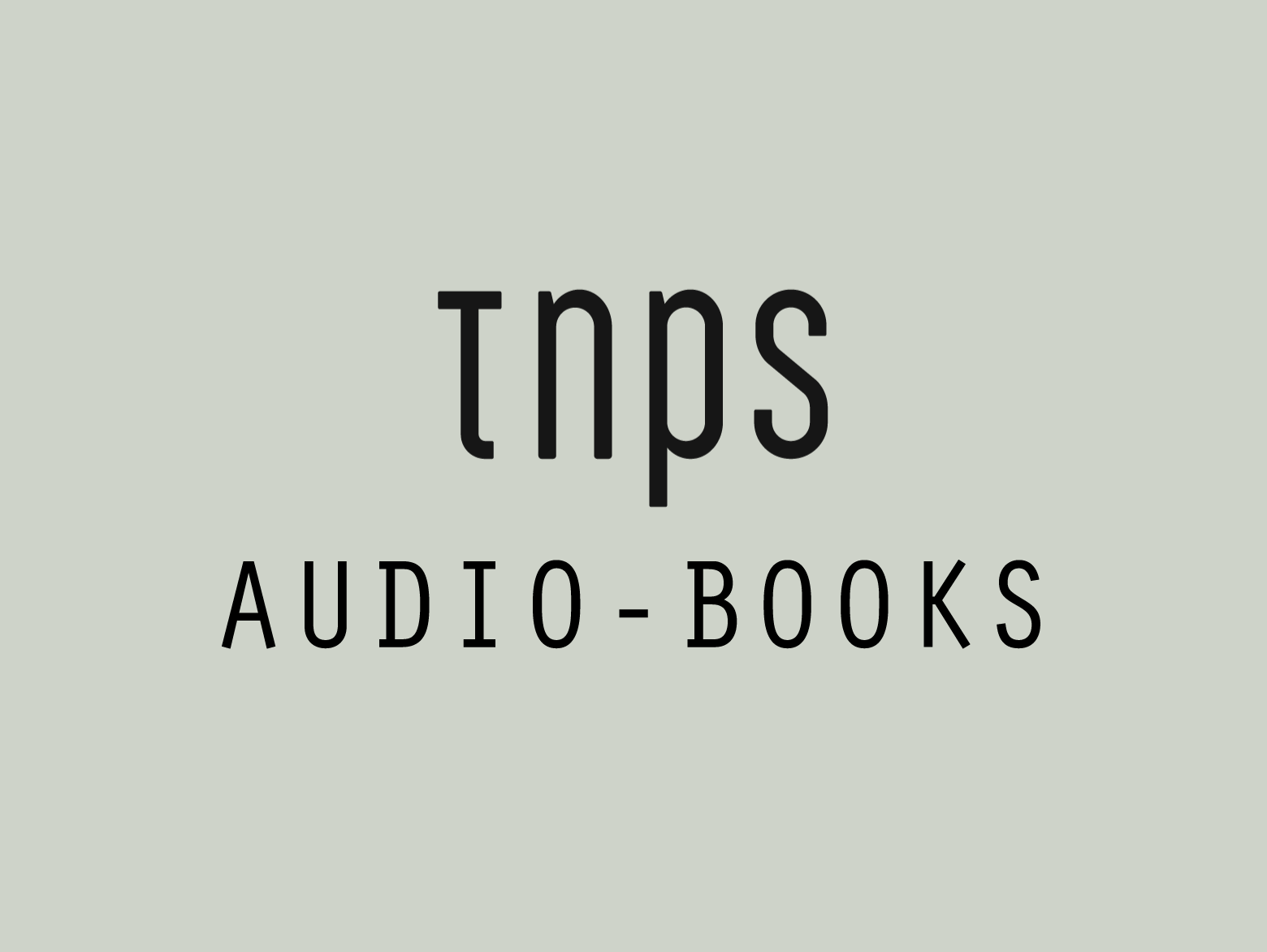
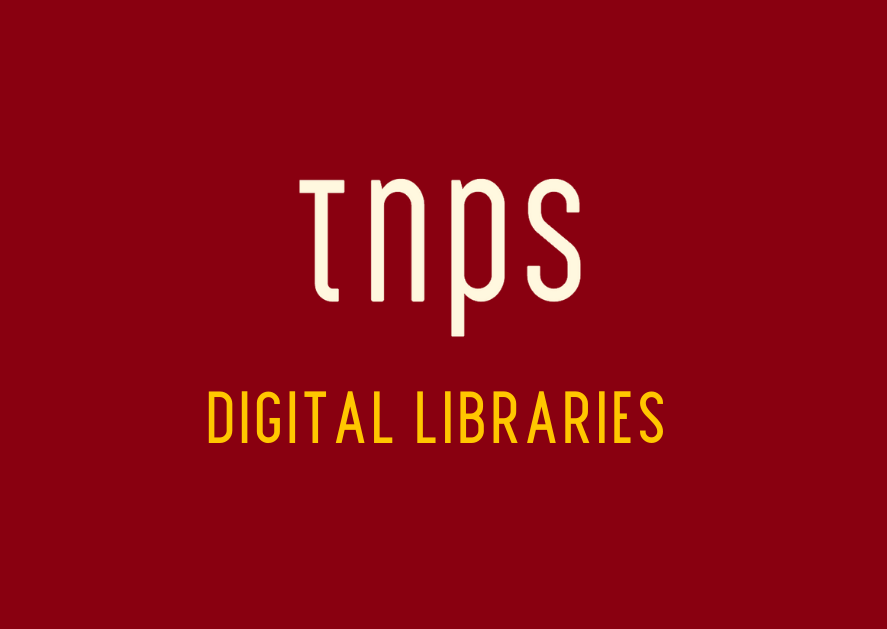
I would be ready to fully agree with you, if it were not for one “but” – the historical aspect. For centuries in different cultures, the main way of contact with a book and perception of a written text has been collective listening to it read aloud. And it still remains in the common practice of reading books to children.
Absolutely, but that just makes the point. Books back then were not read, except by the handful of literati who had that skill. Lots of people listened, and not one of them went away saying “I read that book!” Listening is listening, not reading. The child who has a book read to them of a night may know the book off by heart from repetition, but they have not read it.